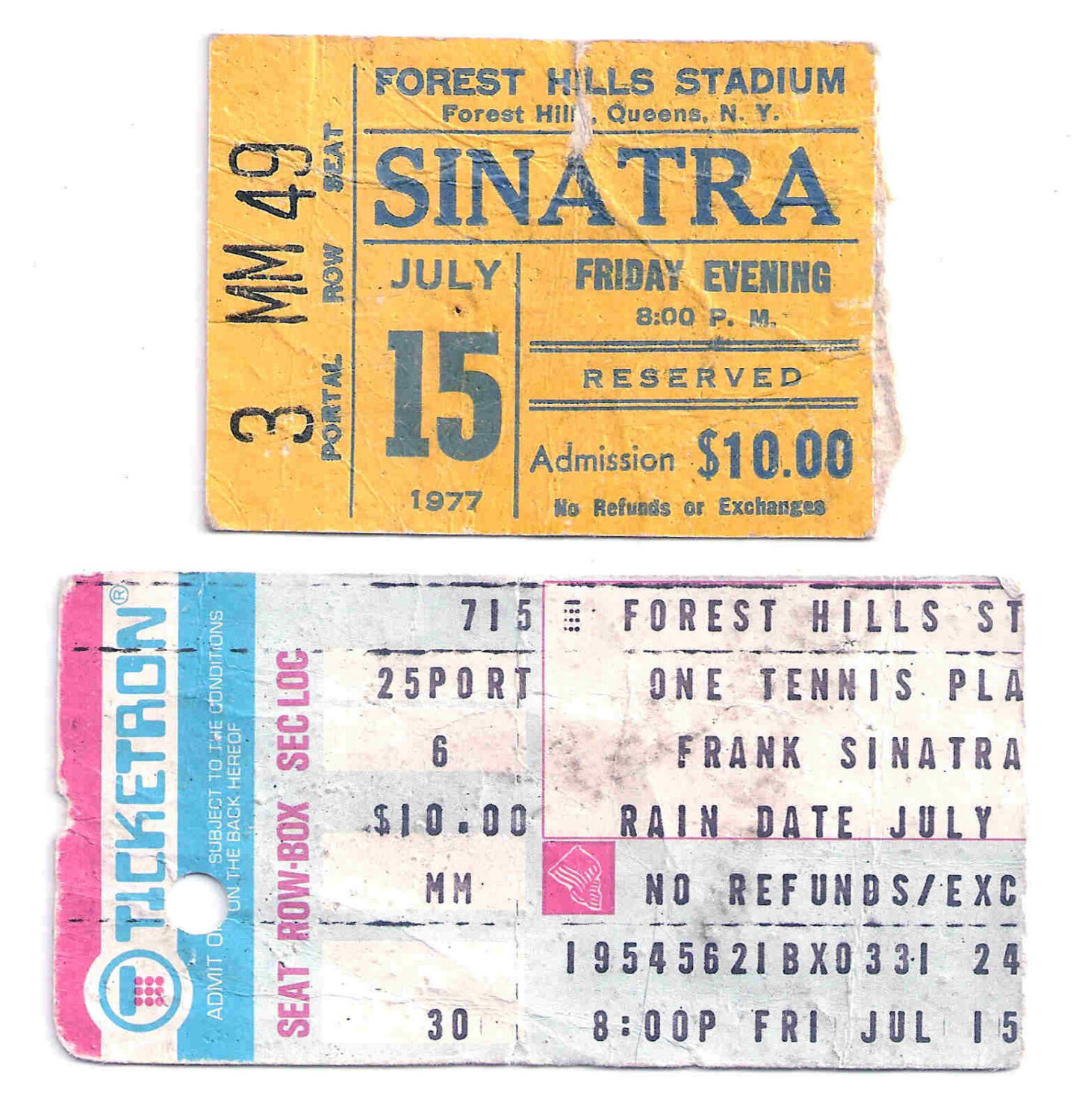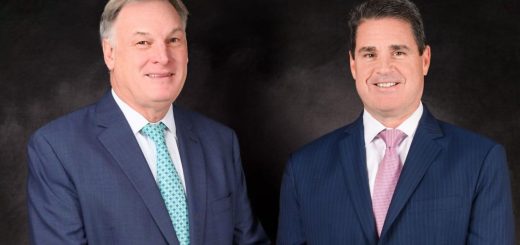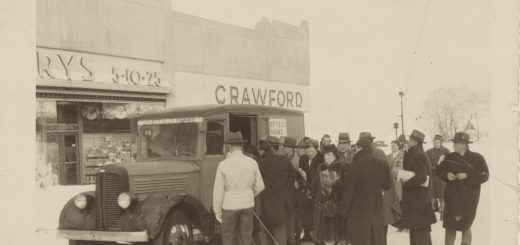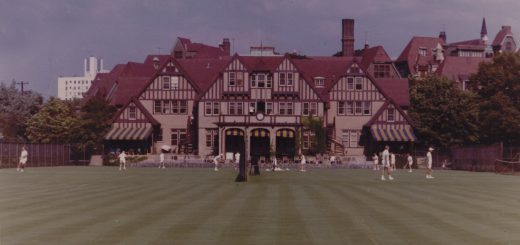“Welcome to Forest Hills” Production Team Seeks Stadium Memorabilia
Views: 1621
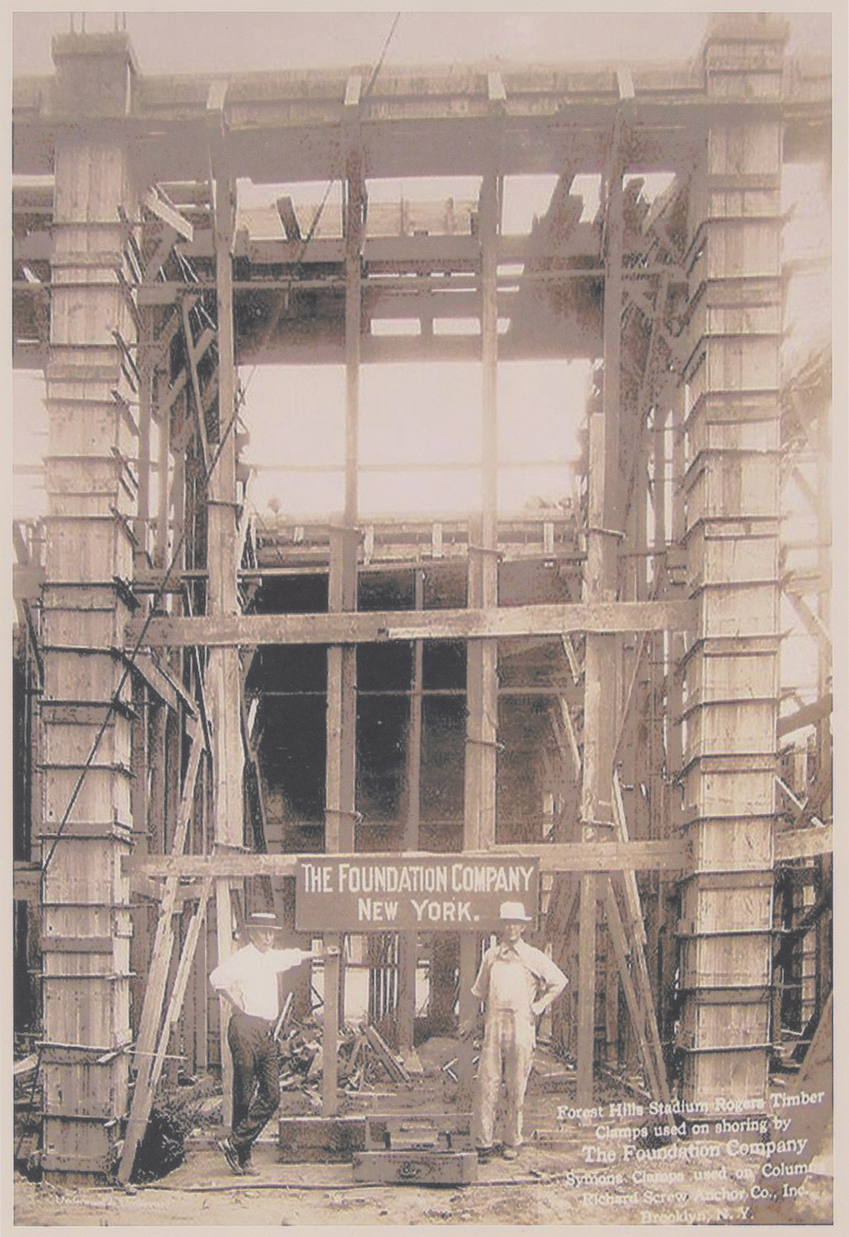
This year marks the centennial of Forest Hills Stadium, the first tennis stadium countrywide, which was completed on August 11, 1923 in time for the Wightman Cup.
An outstanding history, consolidating significant moments in tennis, music, cinema, architecture, and social firsts for the sport, will soon come alive in new ways, thanks to a film being produced under a working title, “Welcome to Forest Hills.” The story can be most effectively told, if the public digs through their attic and basement, and submits memorabilia.
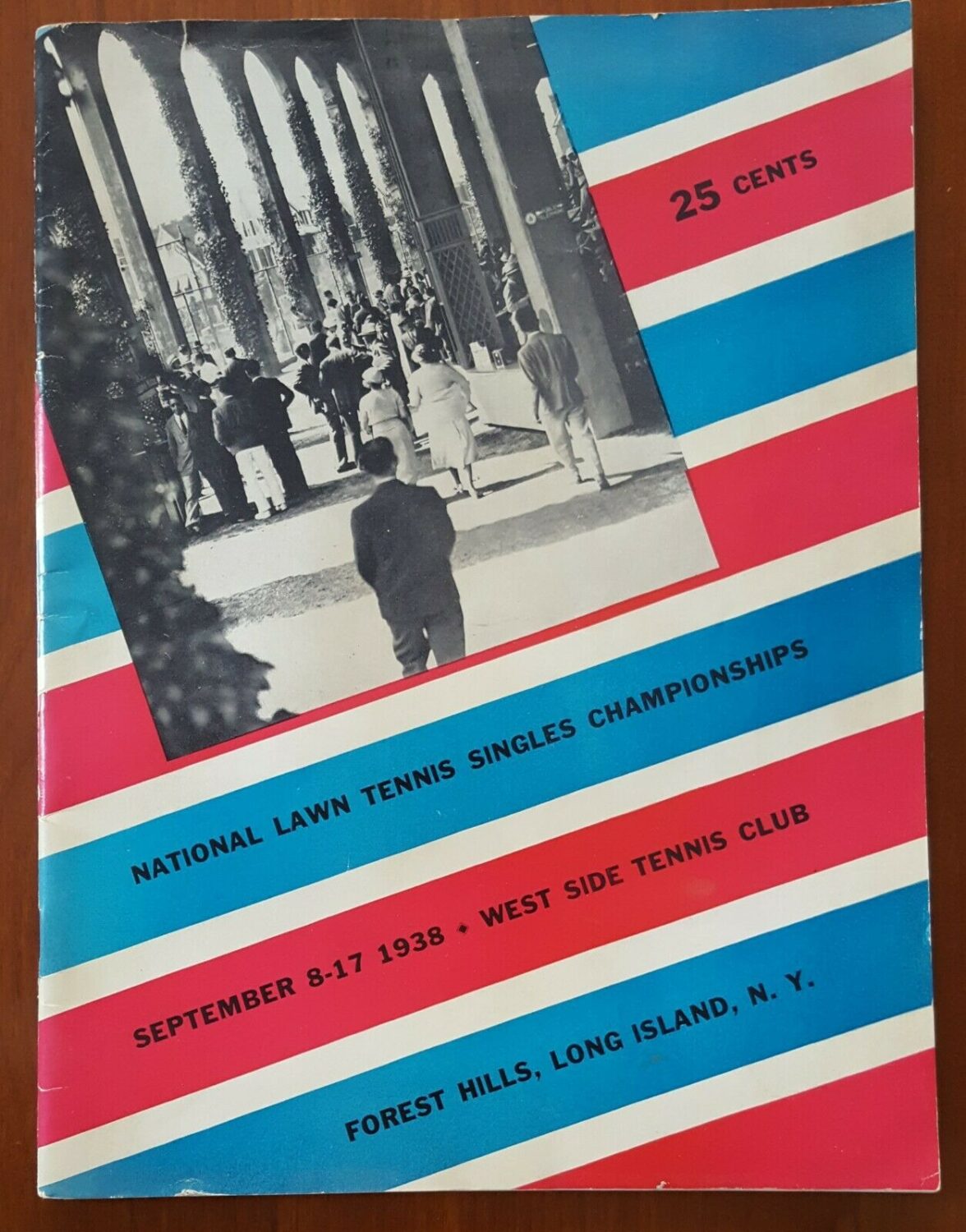
The Stadium, with its arched colonnade, graced with eagles and West Side Tennis Club crests, was designed by Club member Kenneth Murchison, a foremost public buildings architect, and erected by the Foundation Company of New York, experts in superstructures and substructures. “America’s Tennis Stadium,” read an ad in a 1922 edition of MIT’s “The Technology Review.” A century later, its iconic nature from a local to an international level has come to fruition, but it needs to be heard and seen by current and future generations through the art of film.

Credits include Producer Mike Luba, Executive Producer Adam Gelvan, Director and Producer Rex Miller, Co-Director and Producer Bill Sullivan, Producer Eric Mofford, Archival Producer Natalie Shmuel, Archival Researcher Michael Perlman, Assistant Producer Oscar Sullivan and Consulting Producer Dan Abrams.
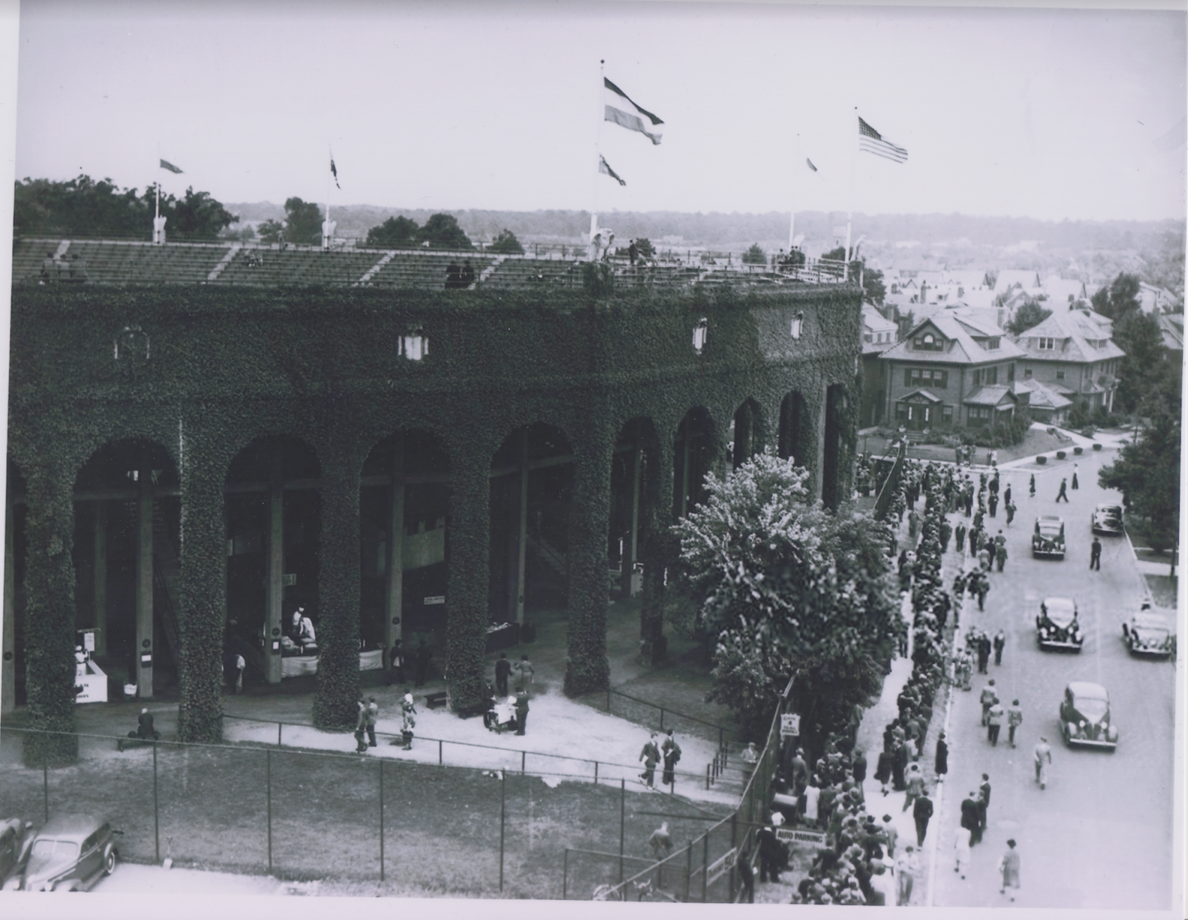
“The film is focusing on the icons that made their names world famous, here at Forest Hills Stadium over the last 100 years,” said Miller, who feels inspired by how the hallowed grounds harbor immense tennis and music history, in addition to cinematic achievements that included Alfred Hitchcock’s “Strangers on a Train” and Wes Anderson’s “The Royal Tenenbaums.” “It’s hard to find a musical great who hasn’t played there. I love the crossover of these elements, and it is an honor and privilege to work on this project,” he continued.
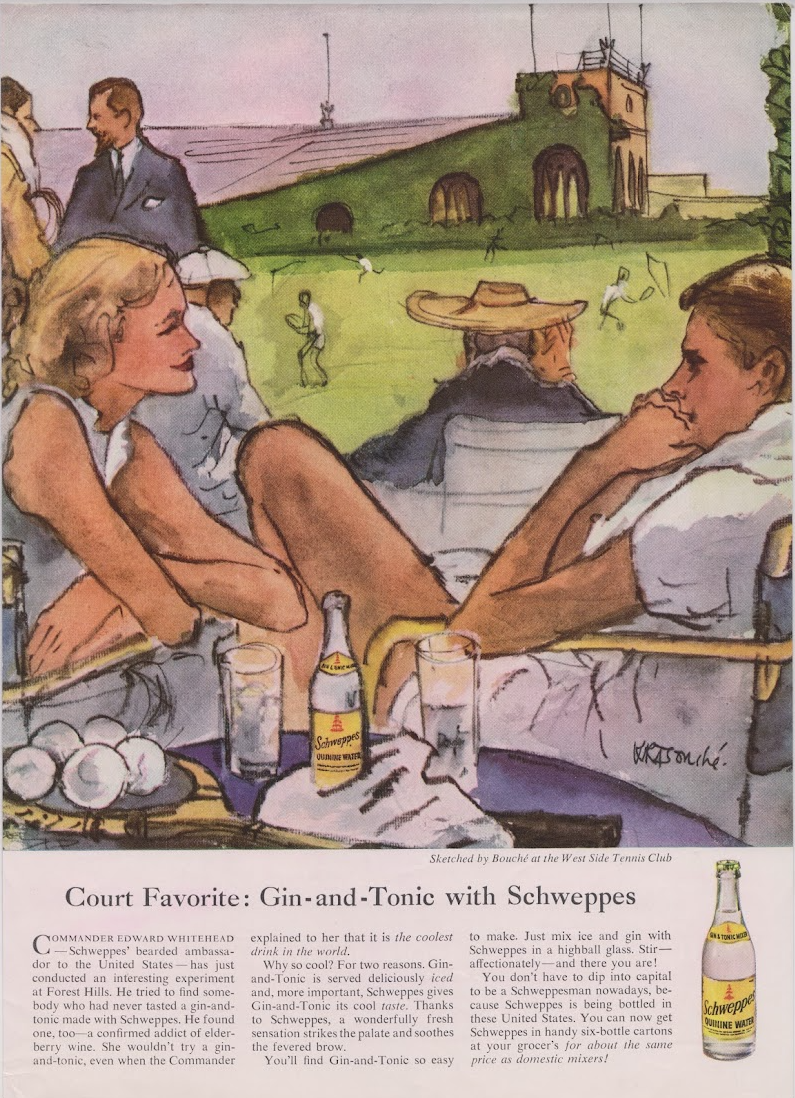
Miller was approached by his colleagues, the Stadium’s Visual Effects Director Bill Sullivan and concert manager Mike Luba to direct the film. “Of course, I was very excited at the prospect,” he recalled, and extended much gratitude to Luba for getting this project off the ground, and to Live Nation for their support.
Miller and his team have been especially on a quest for film and video footage of concerts since 1960, when the Forest Hills Music Festival originated. “It seems that just about everybody played there, so we are open to almost any performance. At the top of our list would be The Beatles, Donna Summer, Frank Sinatra, Bob Dylan, and The Who,” he said. Photos are also of interest.

Miller feels that the team has much archival material on tennis history, but if there are home movies out there, and especially scenes from the U.S. Open, since it originated at the Stadium, that would be an asset. “A big year for the film is 1977, the last year the Open was played at Forest Hills, which was also a crazy year in NYC with the blackout and the Son of Sam,” he said.
Miller builds upon his pride as a director of two films, bio pics of Althea Gibson and Arthur Ashe, where the Stadium is the centerpiece. “I feel like I know every square inch of the Club and the Stadium, as a spectator, player, and filmmaker,” he said.
For Miller, a fun fact dates to when the Stadium was erected, the drawing power of tennis icon Bill Tilden was at the center of the effort. “His popularity among fans practically demanded a larger seating capacity than what was used with temporary stands erected in front of the Clubhouse. It came to be known as ‘The house that Calvin built,’ paralleling the moniker behind Yankee Stadium, built in the same year as ‘The house that Ruth built.’”
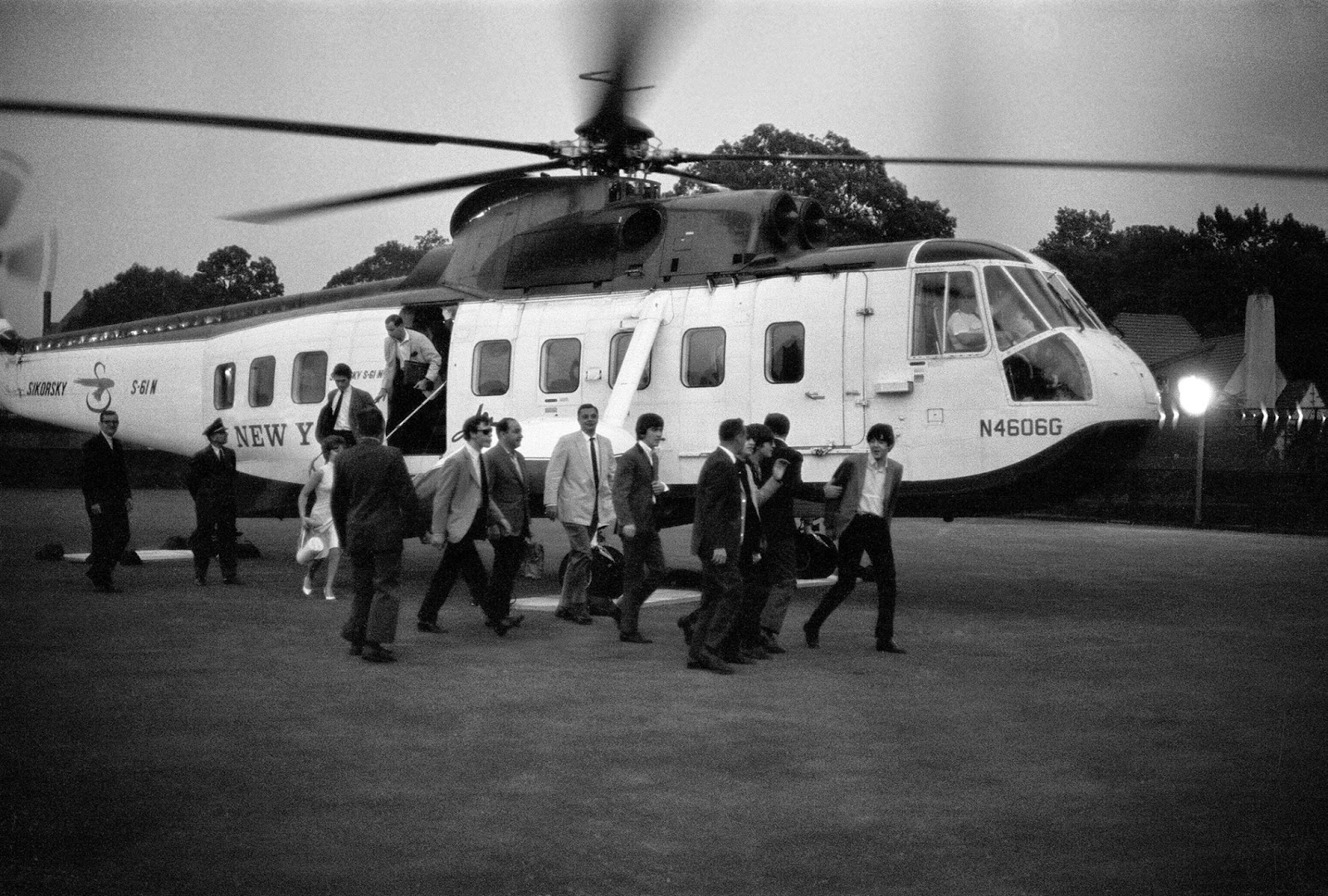
Miller reminisced how his passion originated at the WSTC. His earliest memory was at age six at the 1968 U.S. Open, observing Arthur Ashe and Tom Okker in the finals to win the very first U.S. Open, which was previously the U.S. Nationals and amateurs only. At 14 in 1976, he became a junior member and ball boy at the 1976 U.S. Open. His parents, who were tennis fanatics, met on a court and joined the following year. “I played the junior tournament, Division I, college, tennis men’s open, senior tennis, and I’m still a competitive player. I have coached since freshman year in college, so I’m a tennis lifer,” he said. He recalls attending the 70s-era’s Donna Summer, Frank Sinatra, and Talking Heads concerts. At 19, he was a substitute pro at the RFK Pro Celebrity Tennis Tournament, and played with Rosie O’Donnell and Peter Fleming.
Miller originated as a photojournalist, focusing on documentary images, and gradually expanded by including interviews, music, and the spoken word, naturally evolving into filmmaking. He said, “I directed films, but I’m often found behind a camera as a cinematographer, shooting for other directors.” His film influences are an early Oliver Stone, early Martin Scorsese, and Alex Gibney. As for photographers, he is a fan of Sebastião Salgado, James Nachtwey, Walter Looss, Jr.
Co-director Bill Sullivan, a Tribeca resident, will also incorporate visual effects. Afterall, he is a talented visual artist, utilizing various types, image-making and design, and is also a bookmaker and publisher.
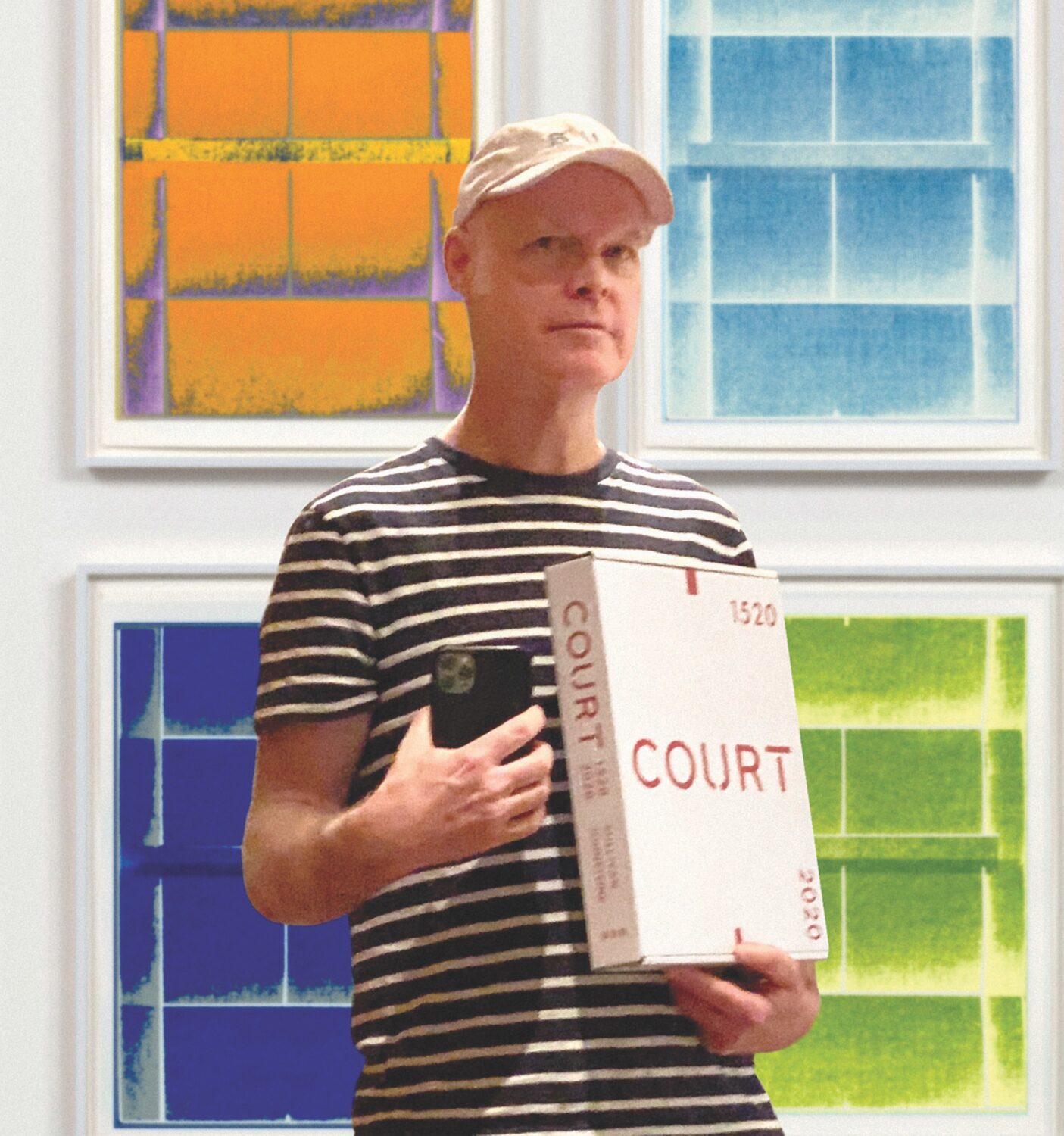
Sullivan began creating the film’s concept and treatment last summer. It emerged from his Stadium photo series in 2011, which he turned into a book titled “Forest Hills” in 2013, and sold over 1,000 copies. He explained, “The book was an investigation of how the Stadium changes through time; a focus for the film treatment. I created the photos and the book in order to recreate what the Stadium would have looked like in the 1900s when tennis was played. In the beginning, it had grass courts, with three courts. It eventually changed to one clay court. It went from men playing in long tennis pants, to women wearing short dresses, playing on clay courts.”
Analogous to the book, the film treatment is built on the main characters of the eras when Forest Hills was the center of tennis. “It begins with the rise of Bill Tilden and ends with Chris Evert, who also became two central characters in the concept for the film. The treatment adds the venue’s music history, including the most recent era for its final act, featuring its rebirth as of 2013,” explained Sullivan.
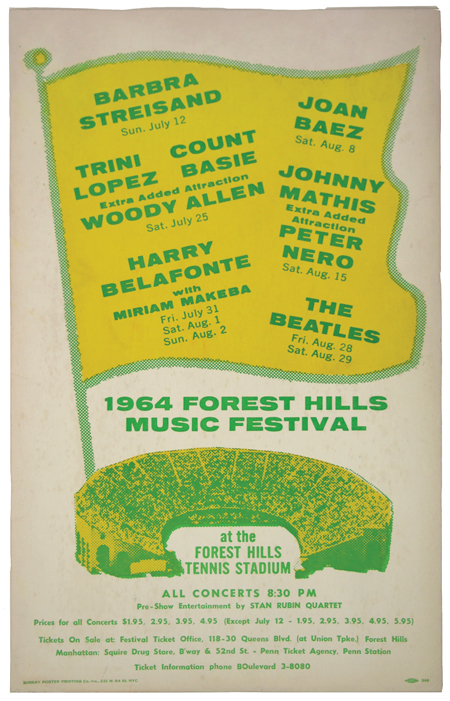
In 2015, Sullivan began a concert poster program to direct the look and feel of its ongoing renovation and the development of its identity, often using the book as a guide. “Over the past eight years, I pretty much attended every concert, and we are now up to 126 posters. I had kind of a front row seat to watch and work with all characters at every level, involved in this latest chapter of the Stadium’s eclectic evolution,” he said.
Sullivan collaborated with Miller on the Arthur Ashe biopic, admired his strong roots on site and great filmmaking, and then grasped their synergy. “It was quickly off to the races, and down a deep rabbit hole of Forest Hills Stadium history.”
Sullivan takes inspiration from legendary figures of the Bauhaus and Russian constructivists, such as László Moholy-Nagy, Aleksandr Rodchenko, and El Lissitzky. “They worked across nearly all visual media and produced some of the greatest works in almost every visual field. They were masters of working with images and text across multiple visual formats,” he said. His passion for film began at age eight, when he watched “The Sting.”
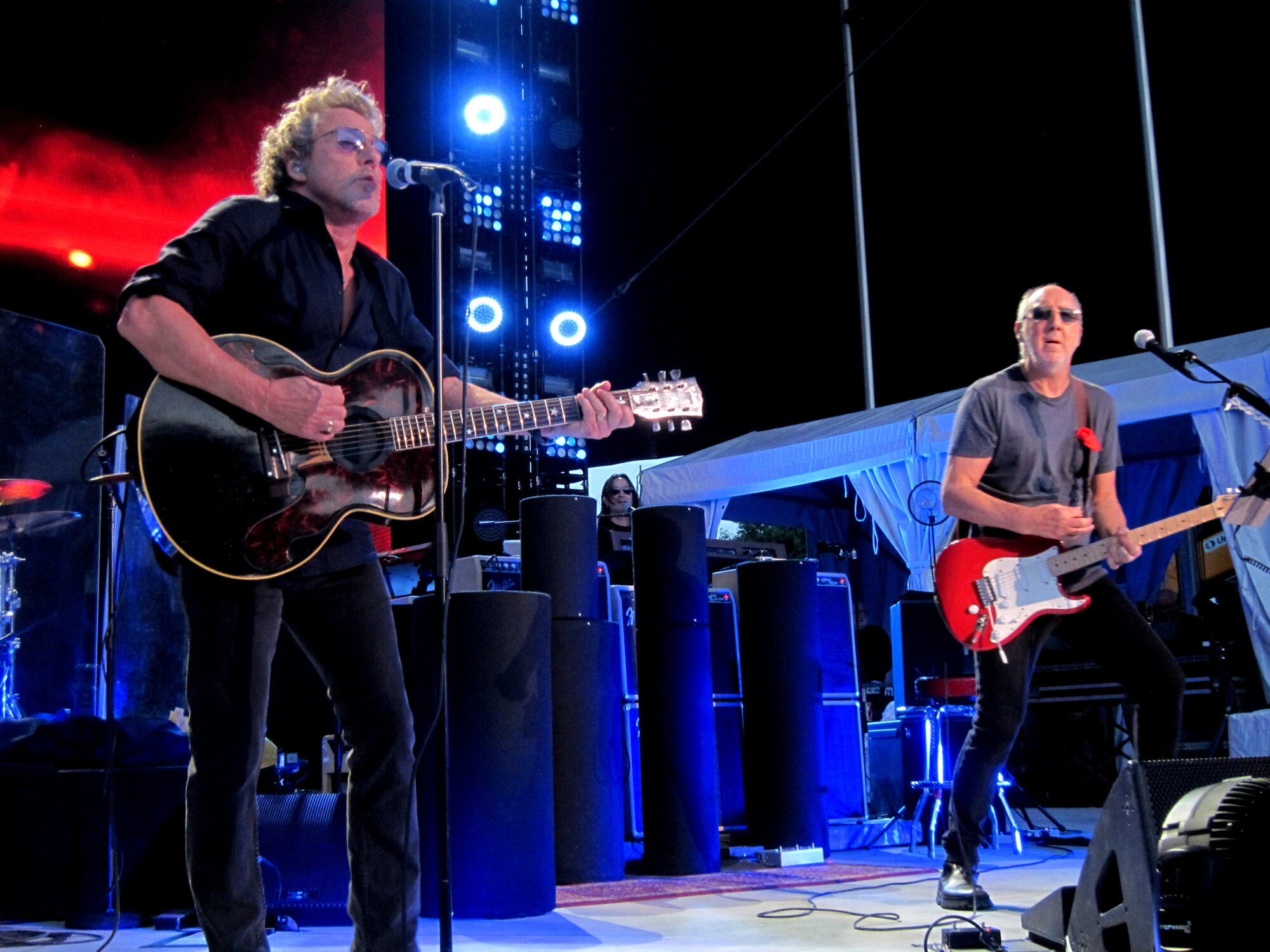
His favorite representations of the Stadium are depicted in the 1965 Bob Dylan concert photos by Daniel Kramer and the 1967 Jimi Hendrix concert photos by Jerry Schatzberg. Additionally, a series of concert tickets that span the decades strikes him as amazing. What he is eager to uncover is 1960s music content of any kind, but especially video, a rarity.
Sullivan visualizes the film’s debut in late September 2024 during the U.S. Open, coinciding with the centennial of the Men’s Championships on site. He explained how it feels to be alive and pursue his passion during the Stadium centennial. “I feel very lucky to be able to engage in this long-term project, which for me, really begins around 2011 and has almost been daily in terms of its investigation into any element of its history. This place is like ‘a Jerusalem,’ where you can keep digging into your basement, and find another extraordinary site.”
Archival Producer Natalie Shmuel was raised in Forest Hills and lives five blocks from the Stadium. “I’ve always been interested in my neighborhood’s history, so it’s a blessing to dive into archival work for a Forest Hills gem. I never thought my work would meet me so close to home. Our call for home movies and photos to help tell the Stadium story is just about to go viral, both online and off, and I’m hoping more discoveries will surface.” She already uncovered much unique material, and it is just getting started.
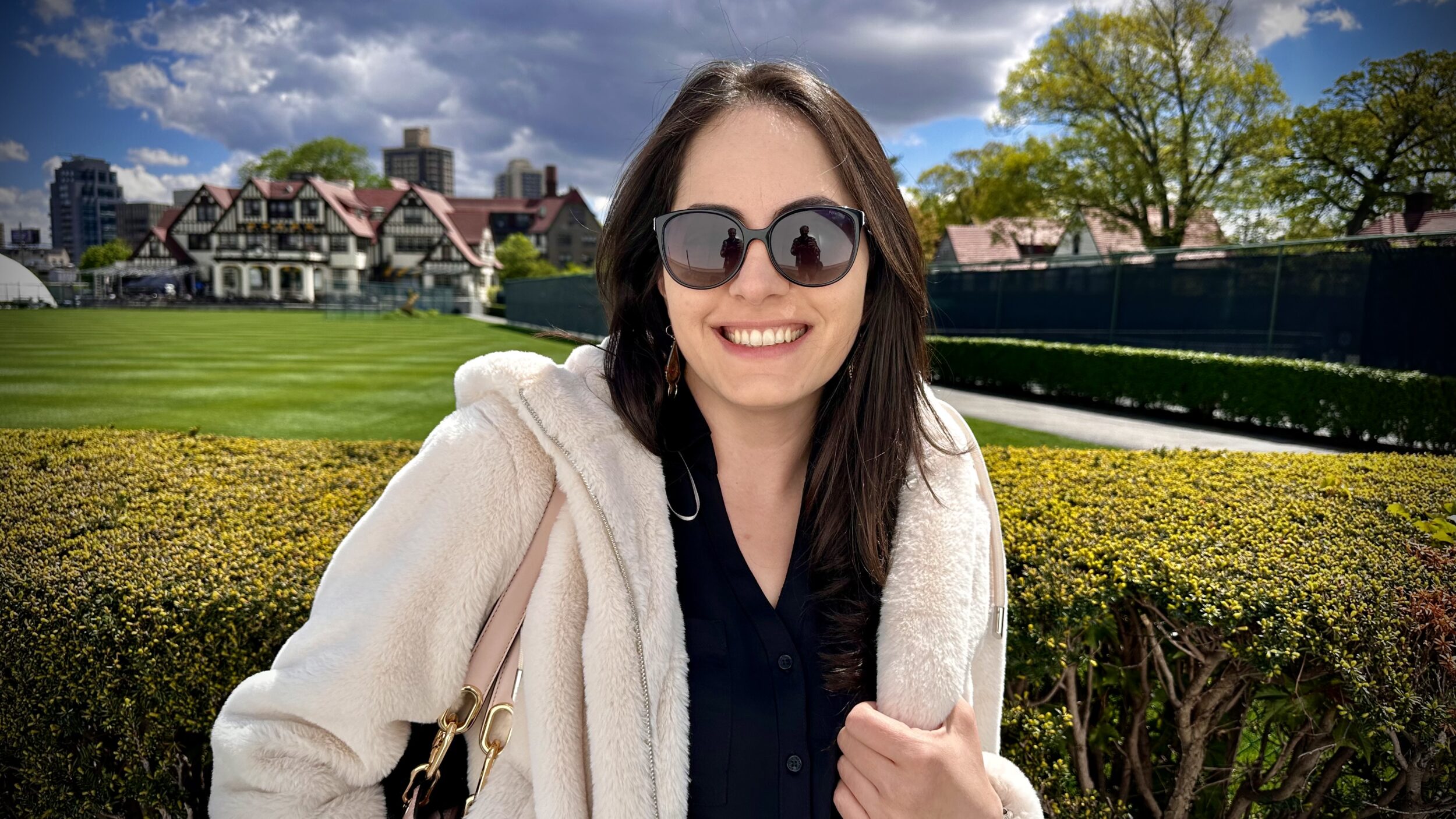
Shmuel’s favorite find is footage documenting the August 1964 Beatles concert, from fans entering the Stadium to eagerly awaiting their performance to begin. There’s even footage of the opening act performances, singing a hit from that era, “Don’t You Just Know It.” She said, “Although the cameras stopped rolling just before The Beatles came on, there’s so much first-hand documentation of the experience and the excitement, that it really makes you feel like you’re traveling back to that night.”
Another great find was a show from 1977, most likely filmed to promote that year’s upcoming U.S. Open. “Seeing Sammy Davis, Jr. playing tennis against Arthur Ashe as a performance skit is priceless,” Shmuel said. She also feels inspired by the long list of music legends, such as Frank Sinatra, The Doors, Jimi Hendrix, Bob Dylan, and Ray Charles, and senses a great need for footage or photos of patron’s experiences between the 1960s to the 1980s. Shmuel said, “I’m counting on concertgoers who brought a camera, and all these years later, it will re-emerge to become part of a film to help people relive these iconic moments. I truly can’t wait to share these discoveries with our community and the rest of the world.”

Sullivan has faith for Forest Hills Stadium’s next 100 years. “It has been re-embraced by the community, the larger city, and now the world. People came to realize what a jewel it is, and we are lucky that some very crucial people saved it at a few crucial moments.”
To submit Forest Hills Stadium home movies and photos, email ForestHillsFilm@gmail.com or call 347-418-6850.
